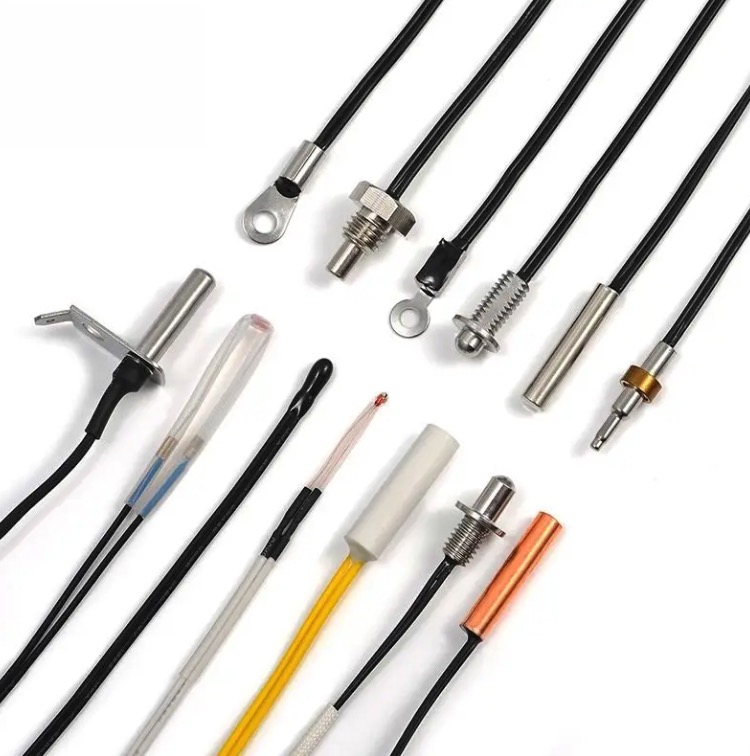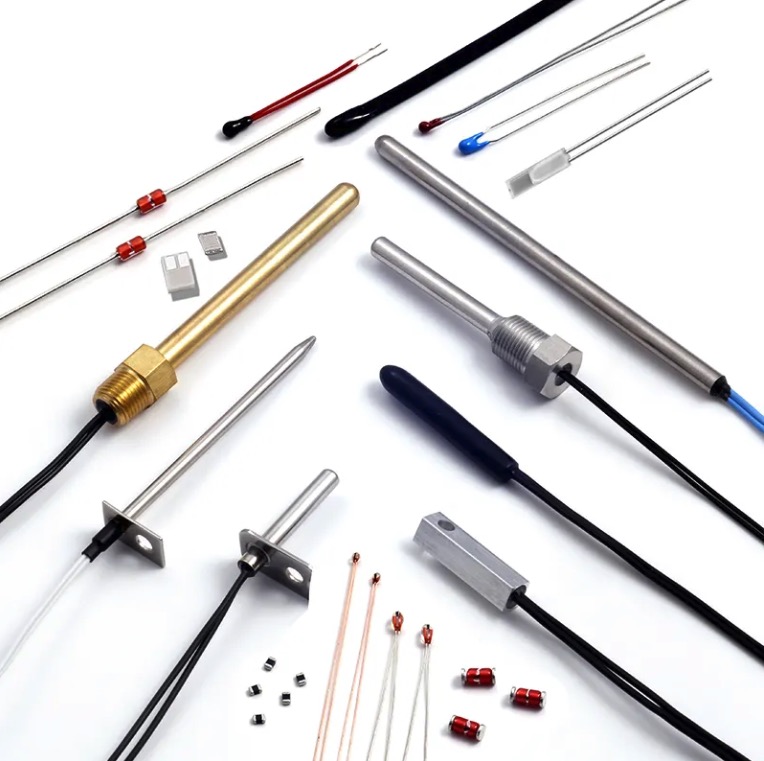When it comes to HVAC (Heating, Ventilation, and Air Conditioning) systems, accurate temperature monitoring is essential for maintaining comfort, efficiency, and energy savings. One of the most reliable and widely used temperature sensors in HVAC applications is the PT sensor, specifically the PT100 sensor. But with a variety of PT sensors available on the market, how do you choose the right one for your HVAC system?
In this guide, we’ll break down the key factors you need to consider when selecting a PT100 sensor or RTD temperature probe for your HVAC system. We’ll explore the advantages of using industrial RTD sensors, the importance of sensor accuracy, and why custom RTD sensor manufacturers can provide the perfect solution for your specific needs.
Why Choose a PT Sensor for HVAC Systems?
PT sensors, or Resistance Temperature Detectors (RTDs), are known for their high accuracy and reliability. They work by measuring the resistance of a material (usually platinum) and correlating that resistance to temperature. The PT100 sensor is particularly popular in HVAC systems because of its stability, precision, and ability to perform well across a wide temperature range.
PT sensors offer significant advantages in HVAC systems:
- Accurate Temperature Control: The ability to monitor and adjust temperatures precisely in air conditioning systems, heating systems, and ventilation units.
- Longevity: RTDs like the high accuracy PT probe are durable and reliable, ensuring consistent performance over time.
- Cost-Effective Maintenance: PT sensors tend to require less frequent recalibration and offer long-term stability.
Key Factors to Consider When Choosing a PT Sensor for HVAC
- Temperature Range
The first factor to consider when selecting a PT sensor for your HVAC system is the temperature range. HVAC systems typically operate within a moderate temperature range, which makes PT100 sensors an ideal fit. The PT100 sensor can measure temperatures between -50°C and 200°C, making it suitable for a wide variety of HVAC applications, including cooling, heating, and air circulation systems.
If your HVAC system involves extreme temperature conditions, such as industrial air conditioning systems or chilled water systems, you may need to consider higher-rated sensors. However, for most residential and commercial HVAC systems, PT100 sensors will offer optimal performance.
- Sensor Accuracy
One of the standout features of PT sensors is their accuracy. The PT100 sensor provides a high level of precision, making it ideal for maintaining consistent temperature control in HVAC systems. When selecting a PT sensor, you’ll want to ensure that the RTD temperature probe meets your specific accuracy requirements. In HVAC systems, precise temperature measurements are crucial for ensuring comfort and energy efficiency.
To ensure high accuracy, look for sensors with tight tolerance ratings. High-quality industrial RTD sensors offer precise readings with minimal deviation, making them ideal for commercial HVAC systems that need to operate within specific temperature parameters.
- Durability and Reliability
HVAC systems are often subjected to varying environmental conditions, from moisture and dust to vibrations and extreme temperatures. For this reason, the durability of the PT sensor is critical. PT100 sensors are built to last and offer excellent resistance to environmental factors such as humidity and corrosion. The high accuracy PT probe also features a durable design, often with a stainless steel housing, ensuring long-term reliability in HVAC applications.
Choosing a sensor with a robust construction will reduce the need for frequent replacements and ensure that your HVAC system continues to run smoothly with minimal downtime.
- Response Time
For HVAC systems that require rapid adjustments to temperature changes, the response time of the sensor is an important consideration. While PT sensors typically offer stable and consistent measurements, their response time might be slower compared to thermocouples.
If rapid temperature changes need to be monitored or controlled (for example, in fast-reacting boiler temperature sensors or temperature-sensitive HVAC units), make sure to select a PT sensor that offers quick response times. Look for a custom RTD sensor manufacturer who can tailor the sensor’s design to meet your HVAC system’s specific needs.
- Customization Options
Every HVAC system is different, and sometimes off-the-shelf sensors don’t meet the specific needs of your application. For OEM temperature probe suppliers, customization is key to ensuring the best fit for your HVAC system.
A custom RTD sensor manufacturer can modify sensor dimensions, temperature ranges, or wire types to suit your installation requirements. Custom PT sensors are especially useful for specialized HVAC systems or installations where standard sensors don’t work efficiently. Be sure to discuss your unique requirements with the manufacturer to ensure you get a solution that fits your needs perfectly.
- Cost and Total Cost of Ownership
While PT100 sensors are known for their accuracy and durability, they might come at a higher initial cost than other types of sensors. However, it’s important to consider the total cost of ownership over time. Industrial RTD sensors may have a higher upfront cost, but their long-lasting performance and lower maintenance requirements can save money in the long run. Choose a sensor that fits your budget while still meeting the demands of your HVAC system.
Conclusion
Selecting the right PT sensor for your HVAC system is essential for ensuring optimal performance and energy efficiency. By considering factors like temperature range, accuracy, durability, response time, and customization options, you can make an informed decision that will provide long-term benefits for your HVAC system.
Whether you’re installing a new HVAC system or upgrading an existing one, PT100 sensors from a reliable custom RTD sensor manufacturer will ensure that your temperature monitoring needs are met with precision and reliability. For personalized advice on choosing the perfect PT sensor for your HVAC system, reach out to us today!





